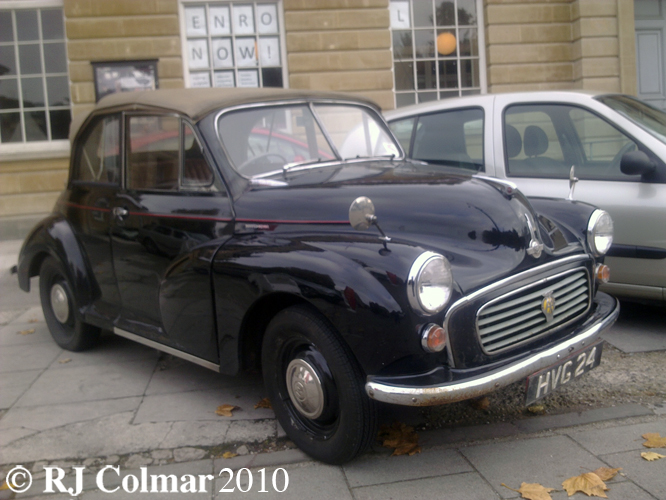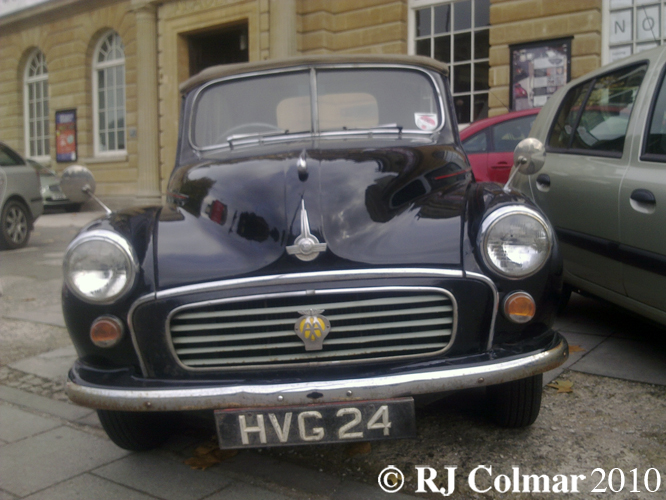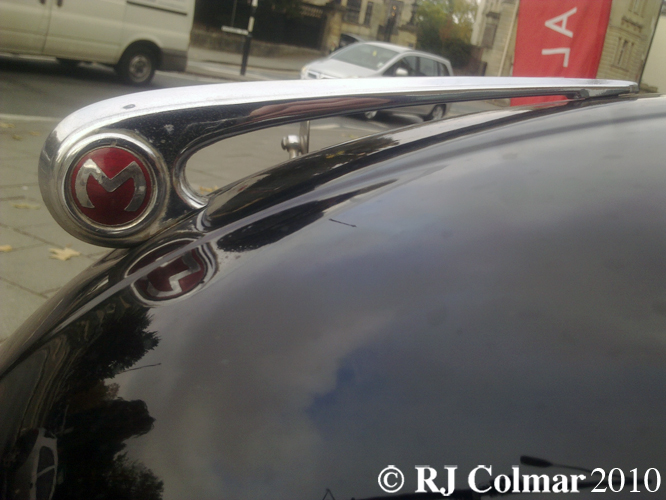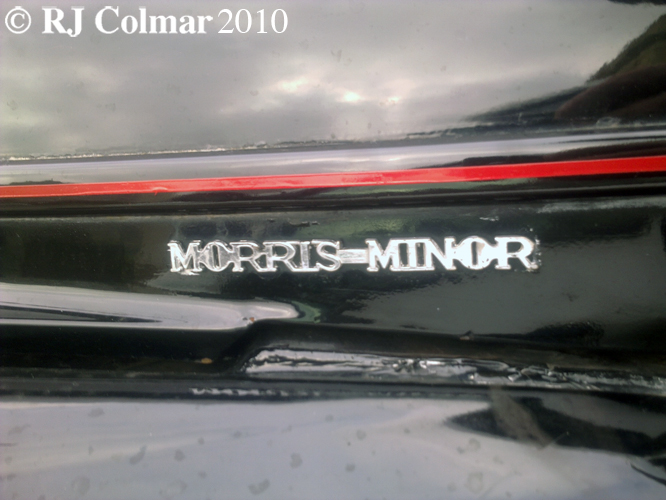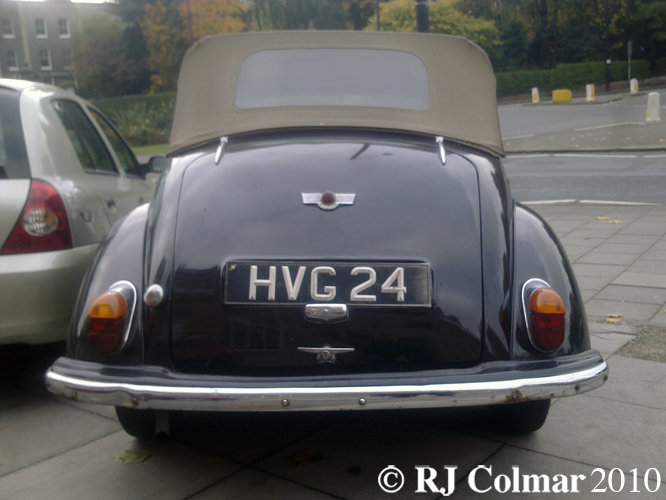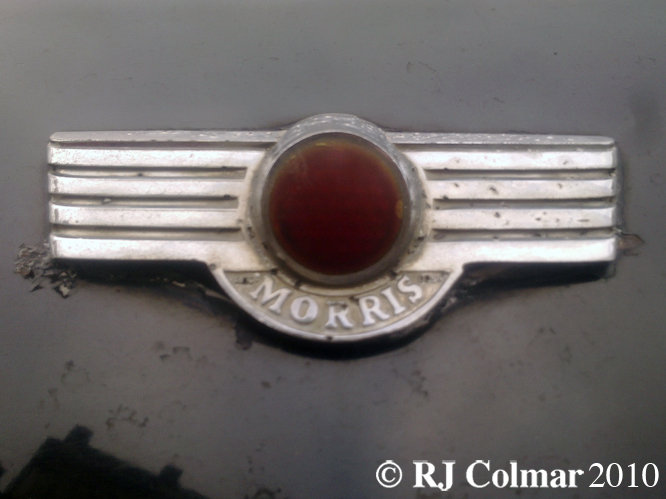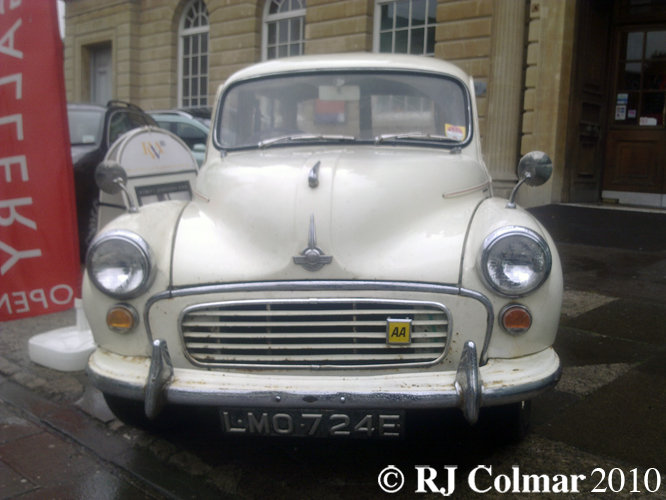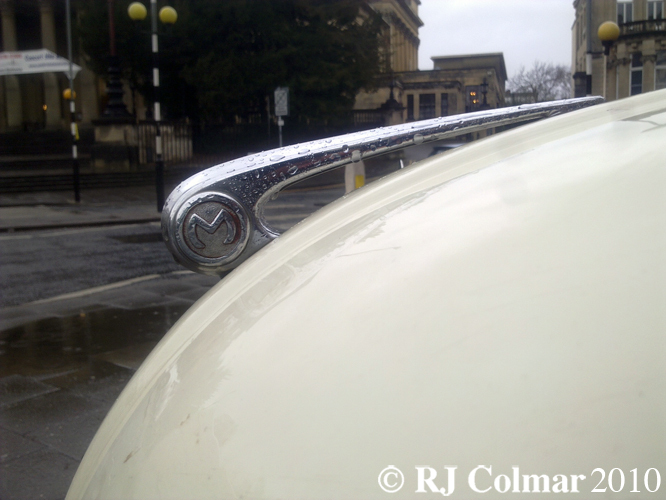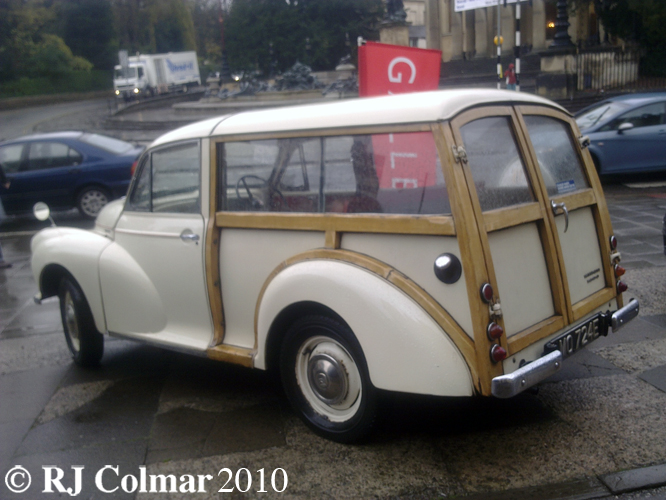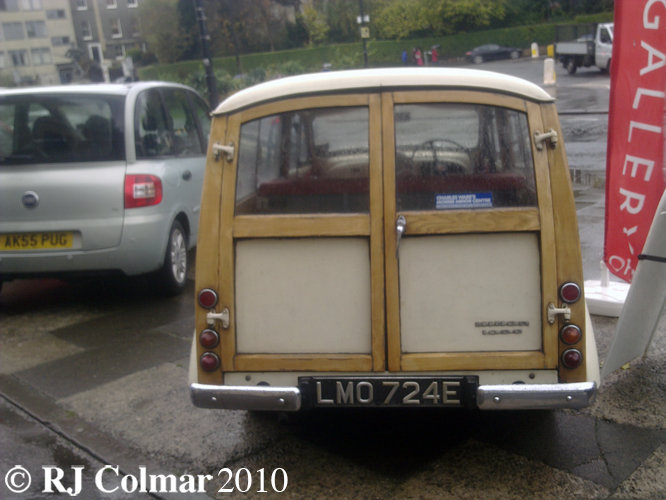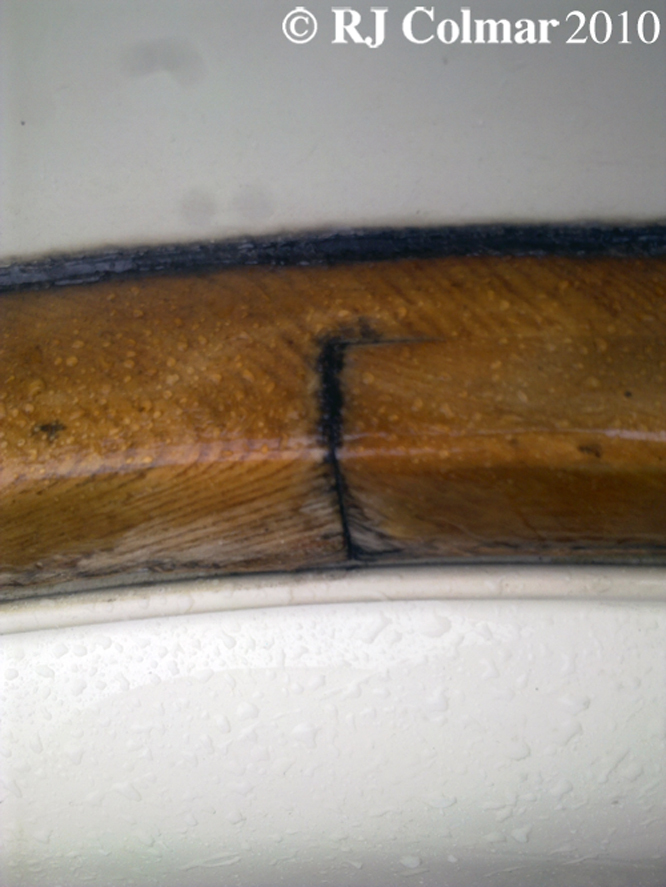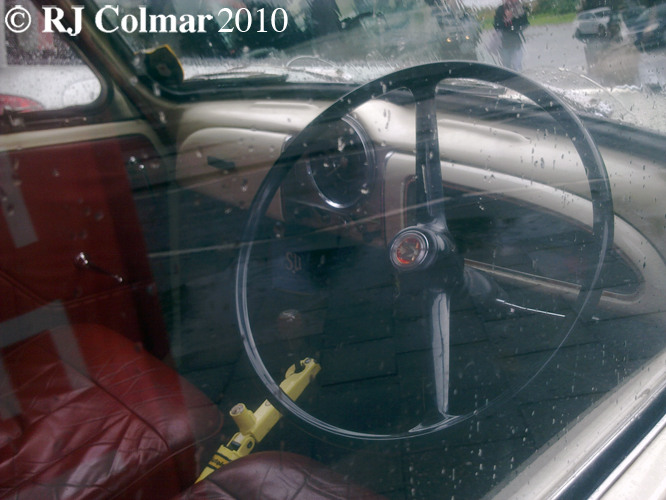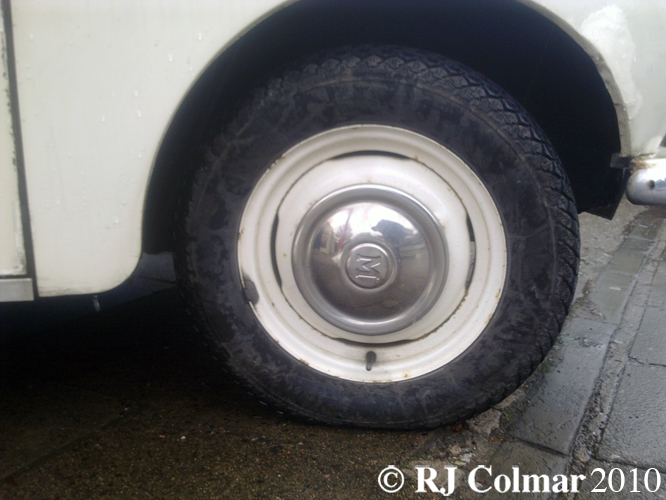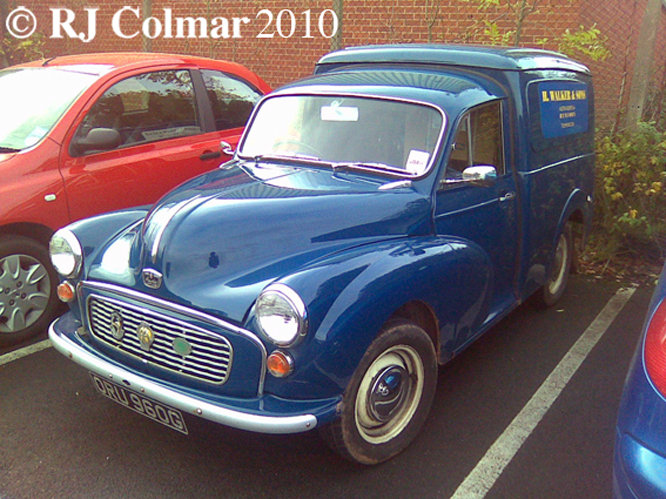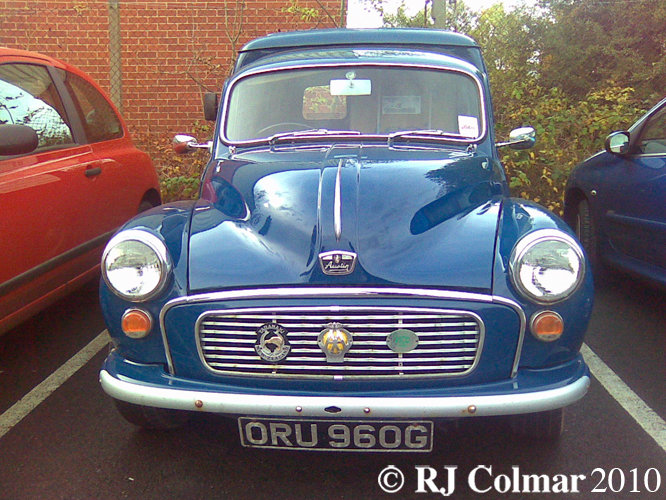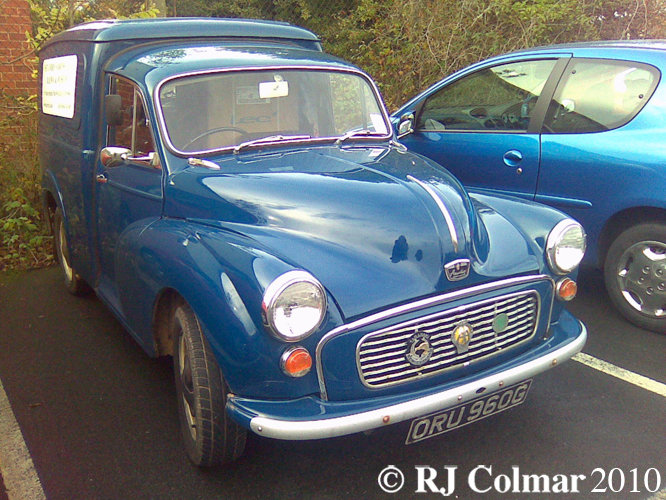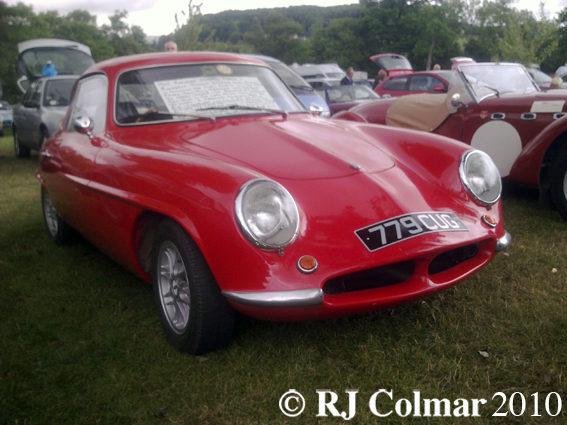Today I am looking at two storied brands Riley & Wolseley born out of industrial diversification which were woven into that DNA of the nationalised merger British Motor Corporation in 1952.
From 1961 – 1969 they marketed top end 3 box versions, featuring wood veneer dashboards, of the Mini known as the Elf and Hornet respectively.
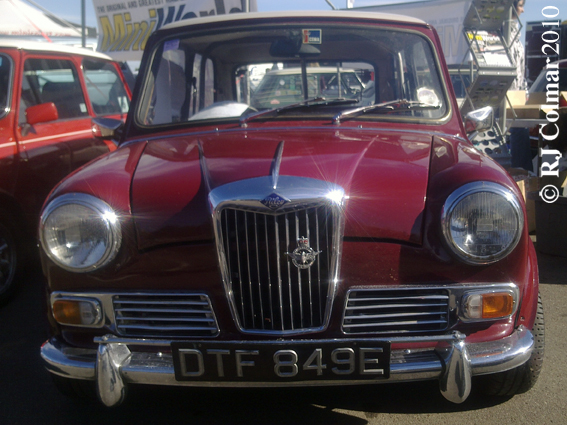
In 1896 William Riley jr purchased the Bonnick Cycle Company of Coventry which was born out of the cycling craze that swept England in 1890 and renamed it Riley Cycle Company.
Williams son Percy secretly built his first car, featuring an engine with the the worlds first mechanically operated inlet valve, in 1898 aged just 16.
Percy who also patented the detachable wheel went into business with his brothers forming the Riley Engine Company in 1903 supplying motorcycle engines and in 1905 they built their first car.
During restructuring in 1918 Riley car manufacture was transferred to Riley Motor Manufacturing which went into receivership in 1938 and was absorbed into the Nuffield Organisation along with Morris and MG, which in 1952 would merge with Herbert Austin’s companies into the nationalised BMC.
By 1947 Riley had ceased manufacturing it’s own designs and became a top end brand for shared designs in the Nuffield and later BMC organisations.
The Riley brand is easily identified by its blue diamond badge originally designed by Harry Rush with the strap line ‘As old as the industry, as modern as the hour’, was discontinued in 1969 and currently belongs to BMW.
Between 1961 and 1969 30,912 Riley Elfs were built.
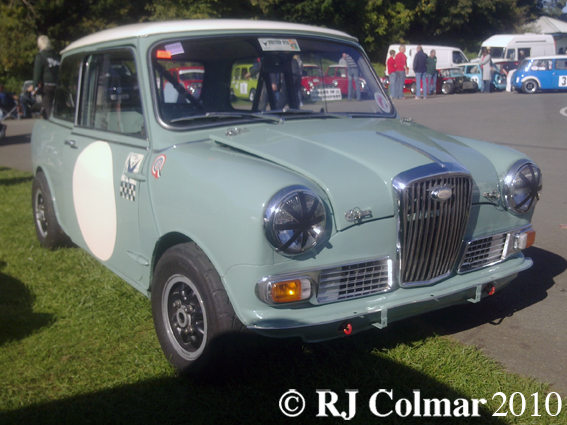
In 1896 Herbert Austin working for the Wolseley Sheep Shearing Company made a copy of a Leon Bollee vehicle that he had seen in Paris. By 1899 he had built a Voiturette that went into production in 1901 with Herbert Austin in charge of the Wolseley car division that had by now been spun off as an independent concern.
In 1905 Herbert Austin left to set up his own Austin Motor Company.
After several mergers and changes of ownership the Wolseley Motor Company came into existence in 1914 in the hands of Armstrong Siddeley. At this time operations were started in Toronto and Montreal which became British and American Motors after WW1.
In 1918 Wolseley started a joint venture with Ishikawajiama Ship Building and Engineering for the production of Wolseley models under license, in 1947 this venture became Isuzu.
In 1927 William Morris (Lord Nuffield) purchased Wolseley outbidding his rival Herbert Austin and General Motors using his own money.
Woseley became another top end brand for shared designs after WW2 and would become part of the merged BMC a combination of the assets of William Morris and Herbert Austin who between them had been responsible for the rise of much of the British motor industry.
The brand disappeared in 1975 the last model being a wedge shape forerunner of the Austin Princess which was in production for just 7 months.
Today the brand is owned by Nanjing Automobile Group along with the assets of the MG Rover Group. The Wolseley Sheep Shearing Company is today known as Wolseley plc.
28,455 Wolseley Hornets pictured above were built between 1961 and 1969.
Hope you have enjoyed today’s post, don’t forget to come back now !

